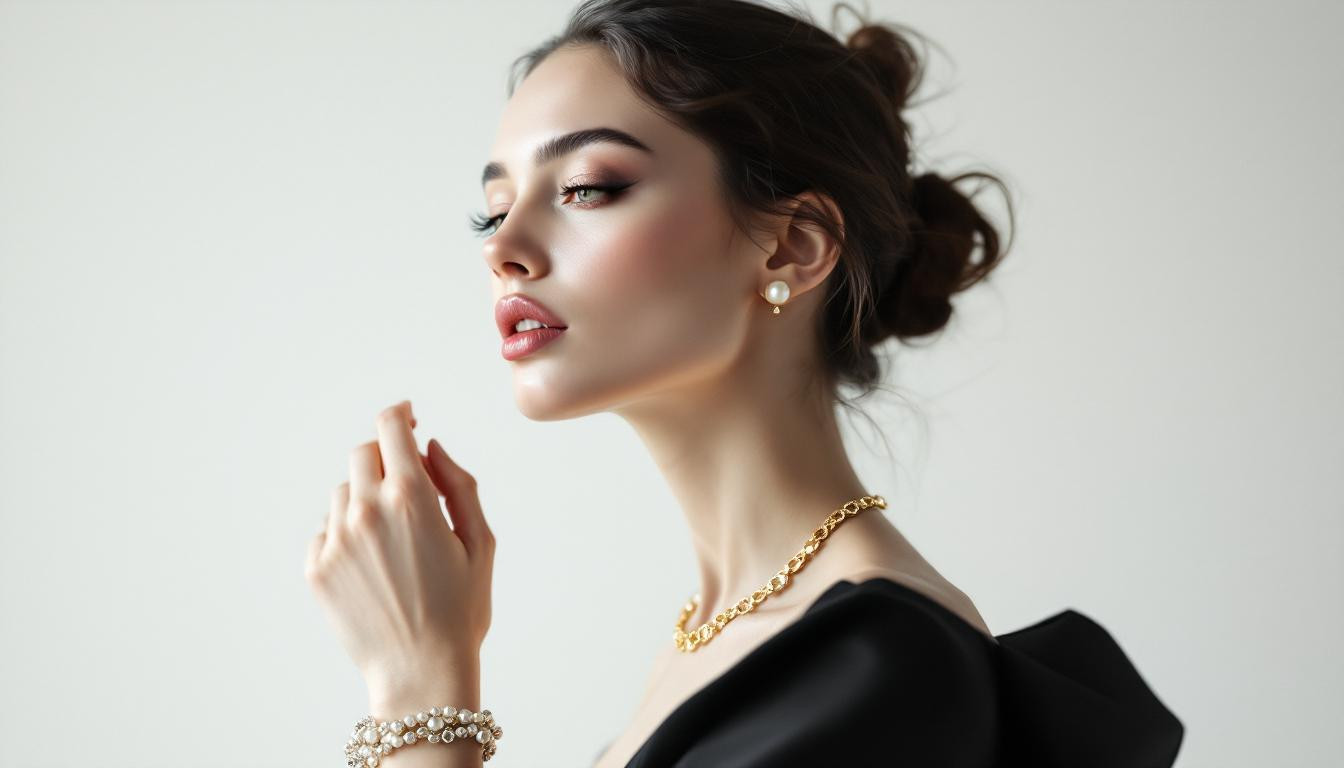Ever stared at your accessories wondering if you’re one step away from looking like you raided a garage sale? Accessorizing is truly an art form—one that can elevate or overwhelm an outfit in seconds. After years of trial and error, I’ve perfected my technique for mixing accessories without creating visual chaos. Let me share my foolproof strategy that will transform your style game overnight.
The 60-30-10 rule: my secret weapon for balanced accessorizing
The foundation of my approach is the 60-30-10 rule. Your outfit represents 60% of your look, your statement piece takes 30%, and complementary accessories make up the final 10%. This mathematical approach ensures you’ll never look overdone. When I follow this formula, my accessories enhance rather than compete with my outfit.
Why picking a single statement piece changes everything
The game-changer in my accessory journey was learning to choose just one statement piece per outfit. Whether it’s oversized earrings, a bold necklace, or a textured bag, this focal point becomes the star while everything else plays a supporting role. The moment I started implementing this technique, compliments increased tenfold.
“The most common mistake I see is competing statement pieces,” explains stylist Miranda Jenkins. “When everything screams for attention, nothing stands out.”
Mixing metals: the technique that elevates your look
Forget outdated rules about matching metals. The secret to mixing silver, gold, and rose gold lies in intentionality. I incorporate sustainable statement pieces that combine multiple metals within one accessory to tie everything together. This creates a visual bridge between different metallic elements.
The texture principle: how I create depth without chaos
Texture adds dimension to your look when done right. I follow the rule of three: combine smooth, rough, and shiny textures for perfect balance. For example, mixing fabric textures like a silk scarf with leather bag and metal jewelry creates sophisticated harmony.
My zone method: dividing your body into accessory areas
I mentally divide my body into five zones: head, neck, wrists, waist, and feet. My golden rule: only accessorize three zones maximum. If I’m wearing statement earrings and a bold necklace, I’ll skip bracelets entirely. This prevents the “Christmas tree effect” where you’re decorated from head to toe.
- Zone 1 (Head): Hats, headbands, hair accessories
- Zone 2 (Neck): Necklaces, scarves, collared details
- Zone 3 (Wrists): Bracelets, watches, bangles
- Zone 4 (Waist): Belts, waist chains, tied sweaters
- Zone 5 (Feet): Statement shoes, anklets, bold socks
The power of a consistent color story
Creating color palette harmony is essential for cohesive accessorizing. I think of my accessories like notes in a melody—they need to work together. Choose either complementary or analogous colors for a polished result. My foolproof approach: limit accessories to three colors maximum.
“Accessories are like seasoning in cooking,” notes fashion psychologist Dr. Amber Wilson. “The right amount enhances the dish; too much ruins it completely.”
Festival-inspired accessories: my approach to bohemian styling
I love incorporating festival fashion accessories into everyday outfits, but with restraint. The key is balance—pairing one boho element with minimal, structured pieces. Think of it as grounding creative energy with classic elements.
The layering master plan that works every time
When it comes to layering techniques, I follow the “gradient method”—pieces get progressively smaller or larger. For necklaces, I layer from shortest to longest. With bracelets, I group by thickness and texture, creating visual rhythm rather than chaos.
- Start with your base piece (usually the largest or most noticeable)
- Add complementary pieces that differ in size or texture
- Finish with delicate accent pieces
What’s your biggest accessorizing challenge? Remember that confidence is your ultimate accessory—wear your carefully curated combination with intention and you’ll look polished, not messy. The beauty of personal style lies in that sweet spot between artistic expression and thoughtful restraint.
